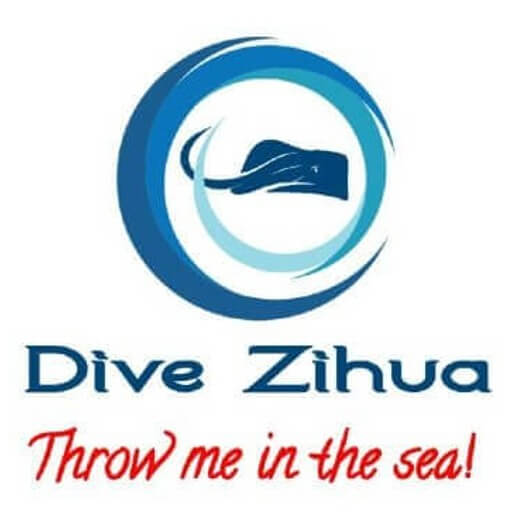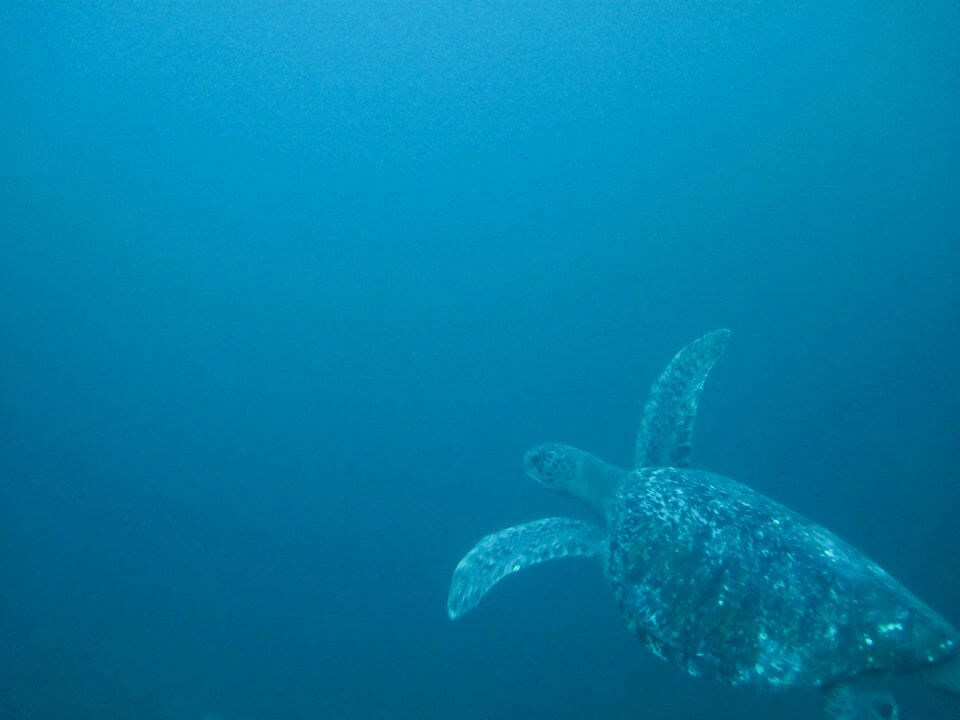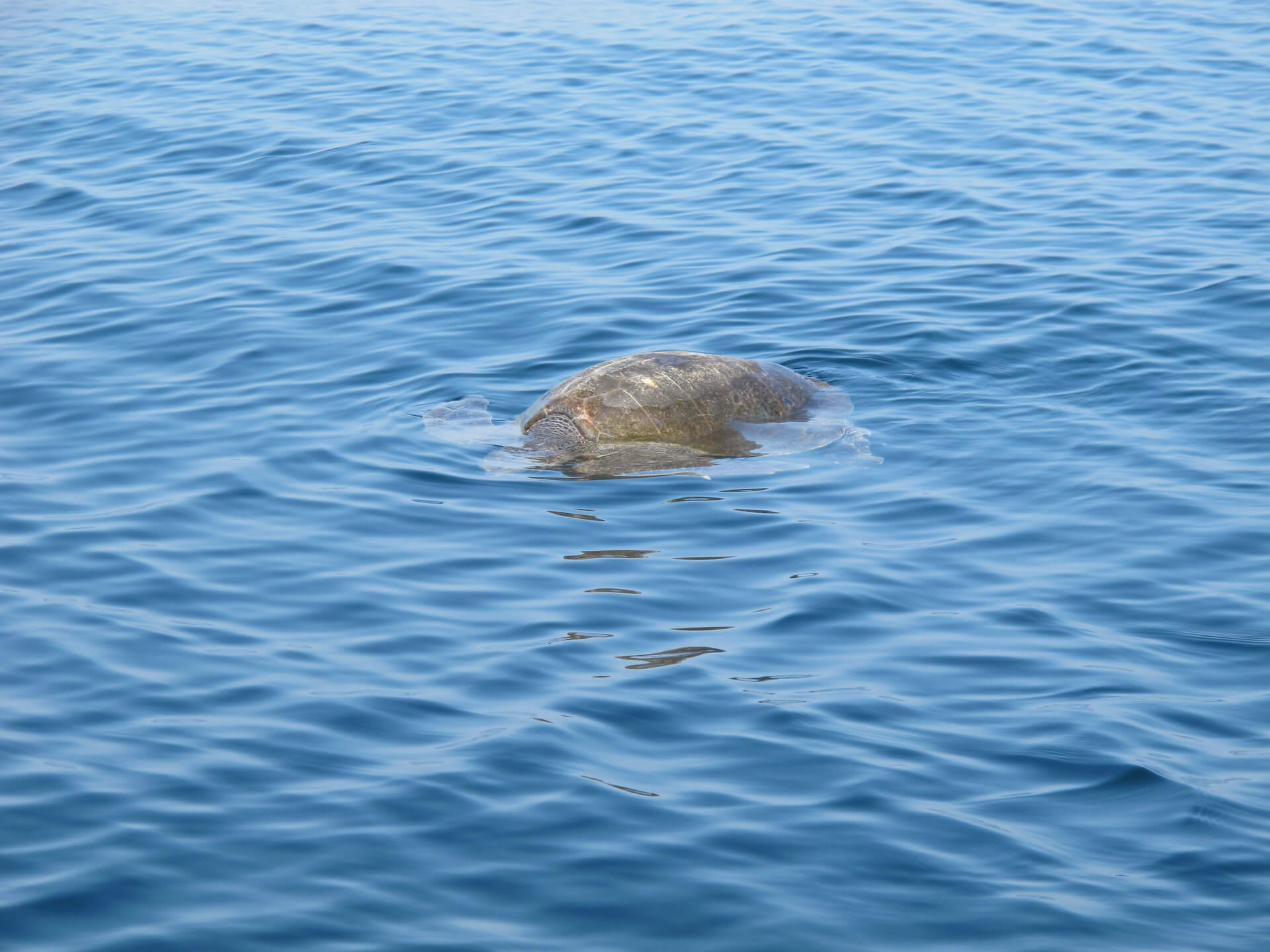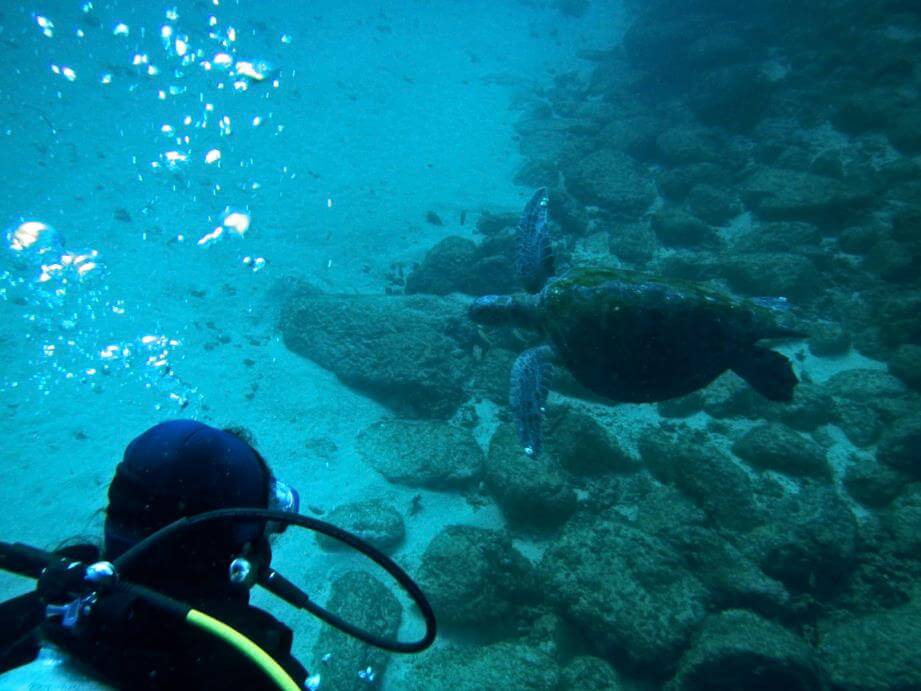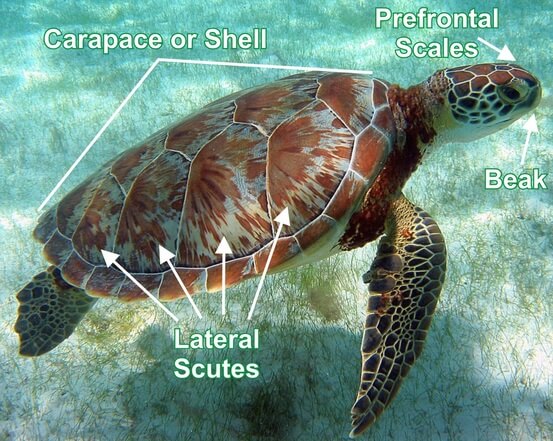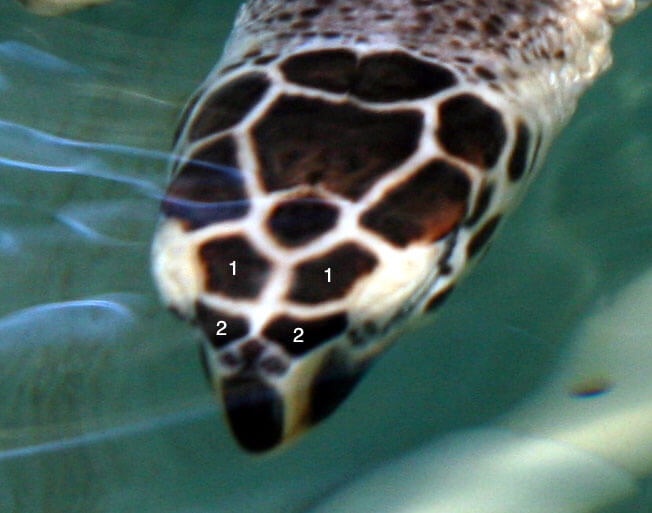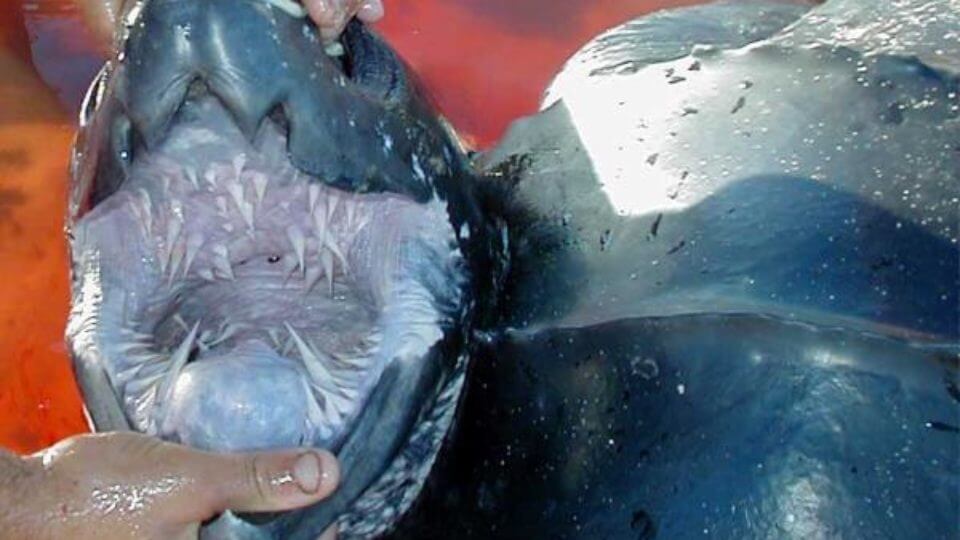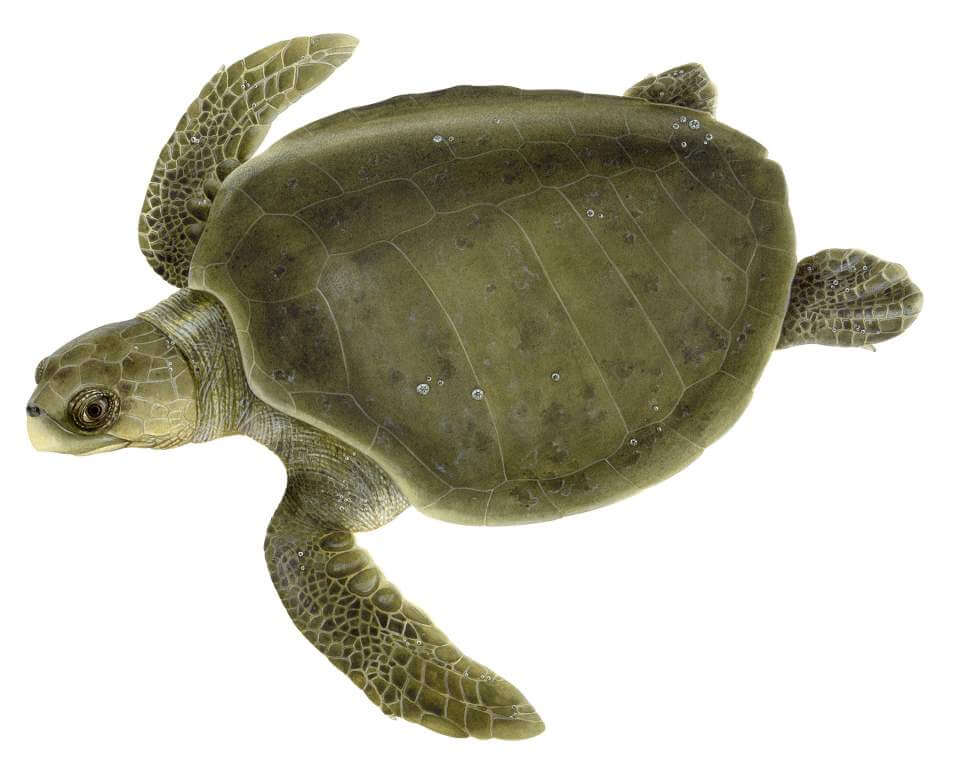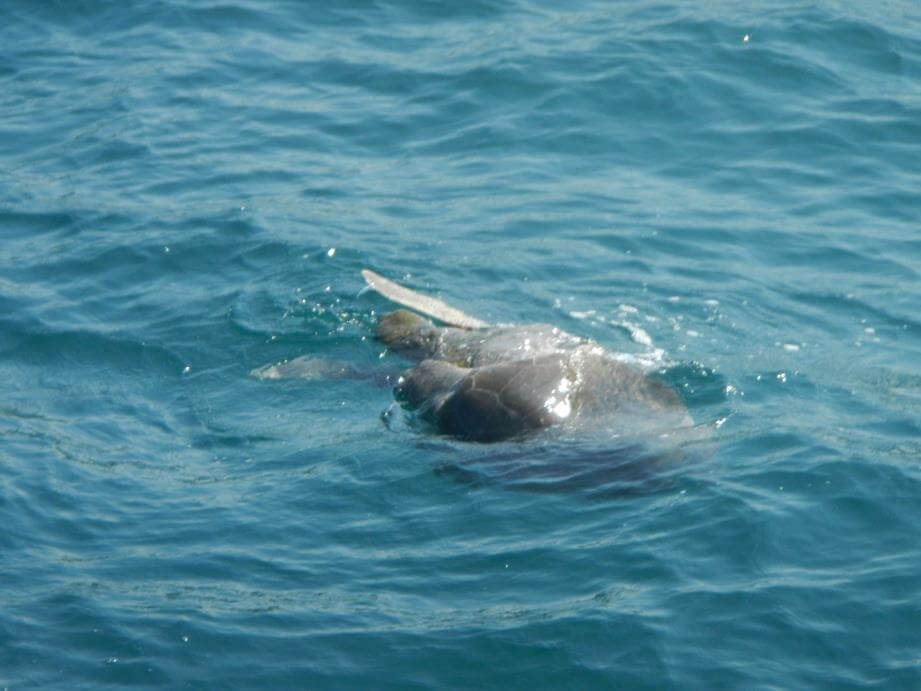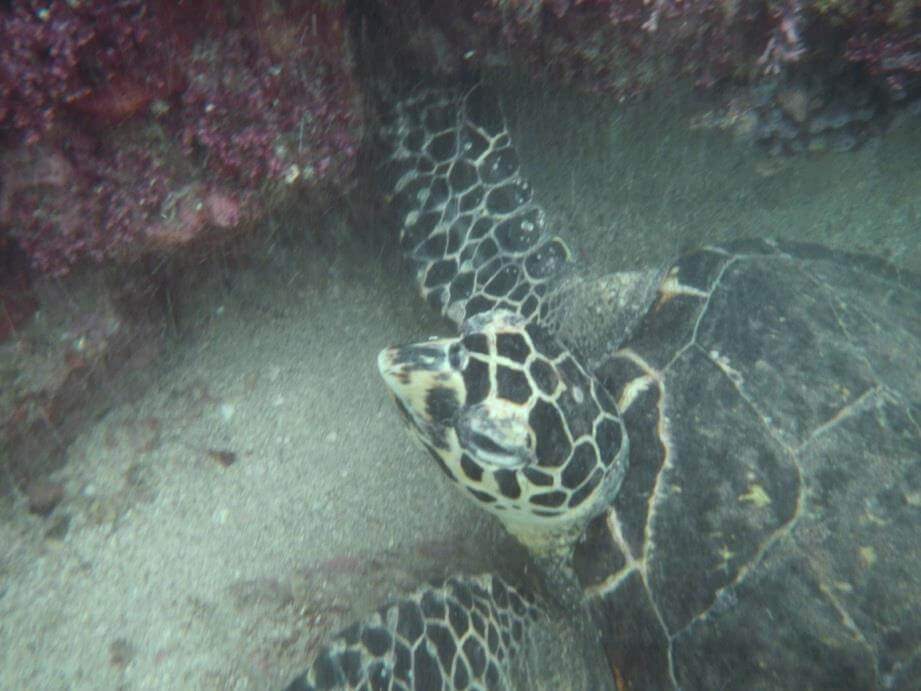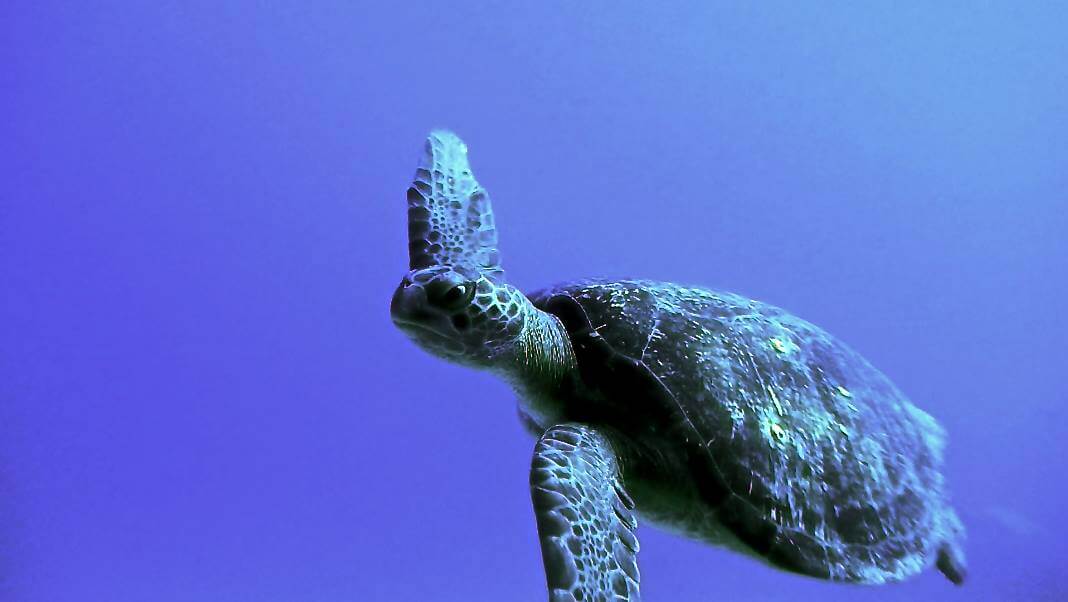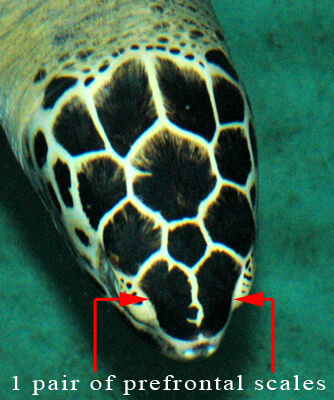Hello ocean lovers!
Summer is at our doors which means here at Dive Zihua, it’s sea turtle time! Every dive is a possibility to encounter those beautiful animals. If you ever wanted to scuba dive with sea turtles it is a good time to do it.
Not long ago, on May 23rd, was the International world turtle day so I decided to make this post all about sea turtles and the species you can meet during your visit in Zihuatanejo. We are so lucky here in this little tropical paradise to have kilometers of sandy beaches where the mama turtles come back to the same place every year to lay their eggs.
Turtle season
You have the chance to see turtles all year long in Ixtapa-Zihuatanejo but the summer from June until October, is considered the high season to be able to witness those magnificent reptiles.
Scuba diving with sea turtles
Lately, we already noticed an increase of observations during our dives and at the surface when they come up for a puff of air or two. It is always fun as we are gearing up in the boat to get a little peek a boo from a turtle. It gives us high hopes to meet them face to face underwater while we scuba dive. Some of our dives sites are good locations to see them like Morros de Potosi, Solitary rock and Sacramento for example.
Know your sea turtles
Here are some tips to be able to identify the species from the region.
Leatherback sea Turtle (Dermochelys coriacea). Tortuga laúd in Spanish is the biggest specie of sea turtles. They are easy to identify because of the unicity of its carapace. Unlike other sea turtles, the carapace is covered with skin and oily flesh, with five distinct ridges starting at the neck to the tail. It is mostly dark grey to black colour with white spots. One other thing that distinct them from the others is the presence of spines in their mouth to stop their prey from escaping.
The smallest one you can find in Ixtapa-Zihuatanejo and the most common here, is the Olive Ridley sea turtle (Lepidochelys olivacea) or tortuga golfina in Spanish. The carapace is heart shaped and olive green but sometimes appears darker because of algae growing on its back. They have 5 to 9 pairs of dorsal scutes with 2 pairs of prefrontal scales on the head. This specie is known for their mass-nesting events (arribadas) when hundreds of turtles come to shore at the same time to lay their eggs.
Hawksbill sea turtles (Eretmochelys imbricata). Normally, hawksbill turtles or tortuga de carey in Spanish are easy to recognise because they have a very colourful shell with margins that appears serrated at the rear like a saw. The beak is sharply pronounced and hooked because they feed almost exclusively on sponges. They have 2 pairs of prefrontal scales.
Tortuga verde is the Green sea turtle (Chelonia mydas) and is mostly herbivorous. The snout is very short and the beak is unhooked. They only have a single pair of prefrontal scales. The carapace has various colour patterns brown and green that changes in time with a yellow plastron. The name green sea turtles comes from the green fat beneath its carapace.
Hope I was able to help you identify the next sea turtle that crosses your path. The best way is still to see them, get in the boat it’s time to go scuba diving! Either you are in Ixtapa or Zihuatanejo we would love to make your scuba diving experience unforgettable.
See you soon
Maude
Owner, scuba instructor and marine biologist at Dive Zihua
If you want to know more about sea turtles
https://www.seeturtles.org/
